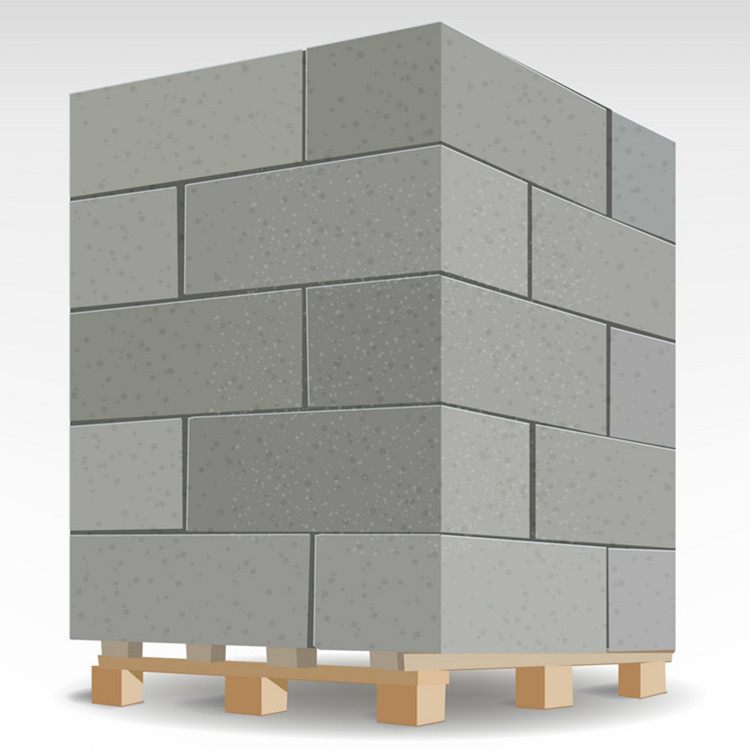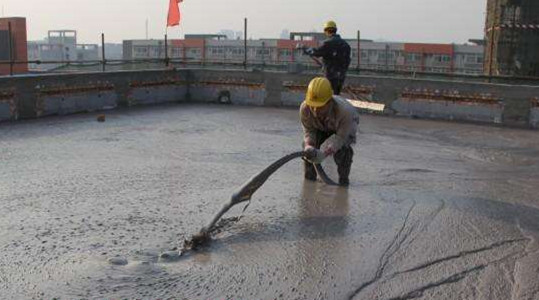Professional solutions on concrete addtives, Concrete Foaming Agent, Superplasticizer, CLC Blocks Additives, and foaming machine
(What Chemical Makes Concrete Faster?)
Several chemicals are used to make concrete faster, including water reducers and accelerators. These chemicals help concrete to accelerate the movement of water and sand and reduce the slump. In addition, they help concrete to fill in cracks.
Calcium chloride
Adding Calcium Chloride to concrete accelerates its hydration process and allows for faster setting and finishing. It is an ideal additive for use in cold weather ready mixes. It increases strength, workability and provides early resistance to freeze/thaw damage.
Calcium chloride is available in a variety of forms, including pellets, flakes, granules and powders. It is usually mixed with water, usually as an admixture, and should not come into direct contact with the cement. It is best to store calcium chloride in a moisture proof bag before use.
The amount of Calcium Chloride used in concrete should be based on the conditions at the job site. Use calcium chloride when you need a quick setting, but be cautious not to over-use it. In hot weather, calcium chloride will accelerate the setting time, but may reduce the strength of the concrete.
Water reducers
Adding water reducers to concrete mixes can make it easier to produce more durable, more flexible concrete. They work by slowing down the chemical reaction that causes concrete to harden. They also reduce water content in concrete, so it is less porous and requires less water to reach slump. Water reducers can improve concrete's rheology, freeze-thaw resistance, strength, and resistance to weathering.
Water reducers are commonly used in concrete mixes. They are added after the mix is poured. They can reduce water content by 5 percent or more. The amount of water reducer used depends on the mix. Typically, a concrete mix has a water-to-cement ratio of around 0.40 to 0.60. Water reducers are also used in accelerated concrete to increase strength. They reduce water-to-cement ratio by 12 to 20 percent, and can be used to produce higher strength concrete without increasing the amount of cement in the mix.
ConcreteeAccelerators
Using accelerators is an excellent way to get concrete set faster. This will result in a better quality product. The speed of the hydration process also increases, as does the strength of the concrete. This is because the products of the hydration reactions create a barrier to water.
Accelerators are a combination of chemicals, typically made up of inorganic and organic materials. Depending on the specific job specifications, different accelerators can be used in different ratios.
Calcium chloride is the most commonly used accelerator. It is relatively inexpensive and easy to use. However, it can cause corrosion of steel reinforcement, as well as drying shrinkage in the finished product.
Nonchloride accelerators are also available. They may include calcium nitrite, sodium thiocyanate, or calcium formate. The use of accelerators in cold weather is especially important. This will help protect concrete from freezing. However, it will also add to the cost of the job.
Slump
Using chemicals that make concrete faster is a great way to speed up the drying process of concrete. This will allow you to complete the construction project in a shorter time frame and ensure the safety of your workers and the finished concrete. However, you will need to know what chemicals to use and how they work.
Adding a superplasticizer to concrete can decrease slump loss and increase workability. Superplasticizers reduce the water content of concrete by as much as 12 to 30%. They are added to the concrete at the jobsite or construction site, usually during the last 30 to 60 minutes of the mixing process.
Calcium chloride is one of the most common chemicals that make concrete faster. It can be used to accelerate the setting of concrete, reduce bleeding, and induce early stiffening of the concrete.
Shrinkage cracks
During concrete construction, there are various cracks that can occur. Some of the cracks include re-entrant, longitudinal, transverse, map, random and corner cracks. Some researchers have grouped the cracks into categories according to their characteristics.
The amount of water in concrete plays an important role in the cracking process. The concrete's reactivity to water is influenced by its particle size. Higher proportion of finer cement particles results in faster hydration process.
The amount of water in concrete is important to maintain the desired workability. Moreover, it is important to maintain proper water-cement ratio to avoid early-age cracking.
There are many models available for determining shrinkage stress. Among them, the Kristiawan model is a simple model. It is only useful for quantitative assessment of shrinkage cracking tendency.
Another model is the Boshoff and Combrinck model. It tries to predict PShC based on the total bleed water and drying time of concrete. It is a simple model that accounts for capillary water pressure and the evaporation of water from the freshly placed concrete before setting.
Concrete additives Supplier
TRUNNANO is a reliable concrete additives supplier with over 12-year experience in nano-building energy conservation and nanotechnology development.
If you are looking for high-quality concrete additives, please feel free to contact us and send an inquiry. (sales@cabr-concrete.com)
We accept payment via Credit Card, T/T, West Union, and Paypal. TRUNNANO will ship the goods to customers overseas through FedEx, DHL, by air, or by sea.
(What Chemical Makes Concrete Faster?)








